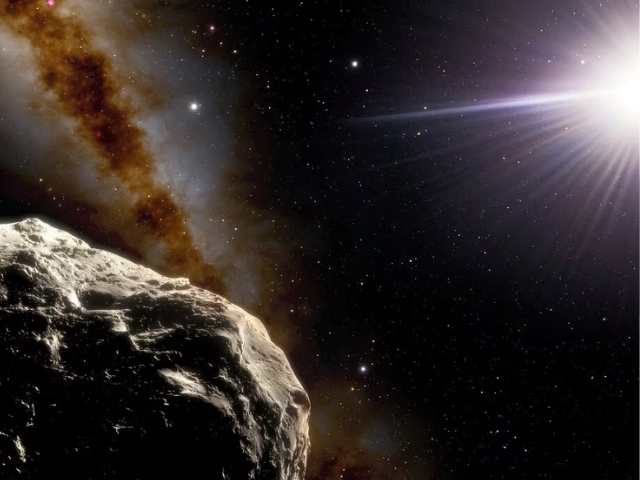Asteroid misses Earth, burns up over Siberia – another space rock approaches
Asteroid C0WEPC5 entered Earth’s atmosphere over Yakutia in northeastern Siberia, producing a dramatic fireball

A small asteroid created a spectacular fireball over northeastern Siberia on Tuesday morning, as it entered Earth’s atmosphere.
The asteroid, temporarily named C0WEPC5, was part of a double event, with another much larger asteroid expected to pass by the planet later this week.
The European Space Agency (ESA) issued a warning at 4:27 a.m. ET, stating that the 27-inch asteroid would create a visible fireball, though the agency assured that “the impact will be harmless.”
The space rock, which has become the fourth detected asteroid strike of 2024, is one of only 11 known imminent impactors ever detected, according to the Kitt Peak National Observatory in Arizona.
At 11:15 a.m. ET, the asteroid entered Earth’s atmosphere over Yakutia in northeastern Siberia, producing a dramatic fireball that was witnessed by local residents. Video footage shared on social media shows the bright, fast-moving object darting through the sky before vanishing. It is still unclear whether any asteroid debris reached Earth’s surface.
While asteroid fly-bys are common, advancements in technology have dramatically improved astronomers' ability to detect them.
Since October 2023, NASA reports that 132 known asteroids have passed closer to Earth than the moon, with over 36,000 asteroid fly-bys detected overall.
Adding to this week’s cosmic events, another large asteroid, 2020 XR, will pass Earth on Wednesday at 12:27 a.m. ET, according to NASA’s Jet Propulsion Laboratory. While much larger than C0WEPC5, measuring approximately 1,200 feet in diameter, 2020 XR will safely pass Earth at a distance of 1.37 million miles – far beyond the threshold of a potential impact.
NASA designates any asteroid passing within 4.6 million miles of Earth as "potentially hazardous," although 2020 XR is not considered a threat.
“The likelihood of an impact from 2020 XR is virtually zero,” said NASA's spokesperson, “but it still qualifies as a ‘potentially hazardous asteroid’ due to its proximity.”
The two asteroid fly-bys have sparked discussions about Earth’s vulnerability to space rocks and the increasing ability of scientists to track their movements.



















COMMENTS
Comments are moderated and generally will be posted if they are on-topic and not abusive.
For more information, please see our Comments FAQ